Nomenclature: FTD is an acronym for Frontotemporal Dementia, the most common form of young onset (before age 65) dementia.
Mind modeling is an advanced form of mind mapping.
Part 2 of this series can be opened in a new window by clicking here.
If I had to use one newspaper article of general interest to describe my fascination with mind mapping while I have frontotemporal dementia, I would select one that appeared in the New York Times in 2008. Interestingly the article appeared while I was in the beginning or middle stages of FTD but before diagnosis.
You can open that article in a new window by clicking the image below.

Here is another article that recently appeared in the Wall Street Journal. I literally just read this article for the first time this morning while doing final editing of this post. I say that this was funny to me because I have started wearing old Hawaiian shirts from vacations to the islands of Hawaii I made in the 1990s and 2000s. [There is a reference in this article by EJ Sternberg MD to a man who with FTD who wore Hawaiian shirts every day.] I do note that I wash the shirts after wearing them one time and that it is in the 90s all summer in North Carolina. Click the image to open the article and learn about Hawaiian shirts, art, and frontotemporal dementia.
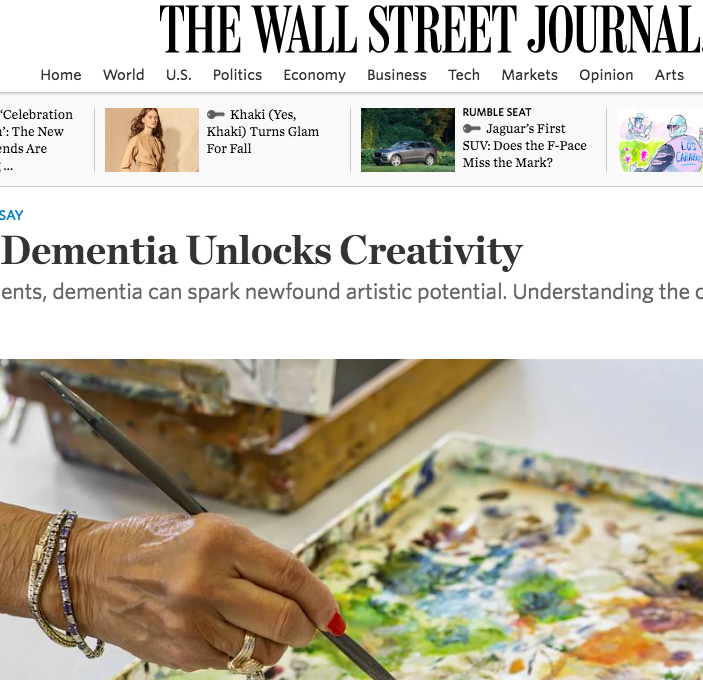
There are a number of similar articles on the Internet.
While I have only rarely (as an example of what you could do) set out to create a mind map that was “Art” (with a capital A), I think many of my thousands of mind maps in this blog can be viewed (as incredibly boring and elementary or interesting and mind capturing) “art” (with a lower case a).
I create mind maps as a way to organize thoughts, manage my life, communicate with others, and document the course of my neurodegenerative condition and methods of coping with it. As art, not really, but I greatly enjoy merging colors and shapes and especially fonts with information and VISUAL THINKING. But over five years, I have gotten pretty good (at least in my estimation) in applying the colors and designs and elements of paintings into my computer-assisted mind maps. As my conception of a traditional Buzan-style mind map has evolved significantly, I have also entered another plane of combining information with elements of art to express my conclusions better and worked out a theory of mind modeling that expanded the concept of the mind map. This blog has more than 750 posts and several thousand mind models/maps ALL created since I have had diagnosed with FTLD (formerly as the PSP variant and then as FTD).
You can access my concept of the MIND MODEL by clicking the link. More important for an INDEX of my mind model theoretical writings, click this second link The results open in a new window.
Based on my experience — and my experience ONLY — I wonder if my use of organic mind models (AKA mind maps) with professional experience, observations, data, and my conclusions show how artistic impulses can be combined with mind models as a communication method during various stages of FTD.
Below are some examples of my recent mind models (AKA mind maps). Art is in the eye of the beholder and I hope you have a benevolent eye. Clicking on any of the images will expand its size.
The process of my mind models is described throughout this blog. In simple summary, it takes me 1-2 hours to create one of these mind models (now). When I walk away from the computer I often forget what map I am working on and an hour of two after posting it on my blog I have no idea what my most recent posts were and I have to go to the web site and look at the index. However, when I open a post and look at the map for even a minute or two, I can immediately recover my logic for creating it.
Yeah, it baffles me too even after 35 years of practice as a psychologist doing research on altered states of consciousness (drug abuse and its treatment), imagery and daydreaming, elder abuse and dementia, aging and nursing models, mental illness, neuropsychological testing, and evaluating healthcare and social care.
During this same period of neurodegenerative disease I have become a rudimentary sketch noter, doodler, and sketcher who spends several hours a day “playing” with pens and pencils and more recently watercolor inks and an assortment of typing papers and artist sketch pads. Am I any good at that stuff. NO. But, it does help organize my life and plan and remember. Most importantly, it makes me feel calmer and happy.
Click on the images to expand them.

![Trust Findings from [Peer-Reviewed] Health Professional Meetings I Can Sell You Idaho or California.](https://hubaisms.com/wp-content/uploads/2016/07/trust-findings-from-peer-reviewed-health-professional-meetings-i-can-sell-you-idaho-or-california.png)

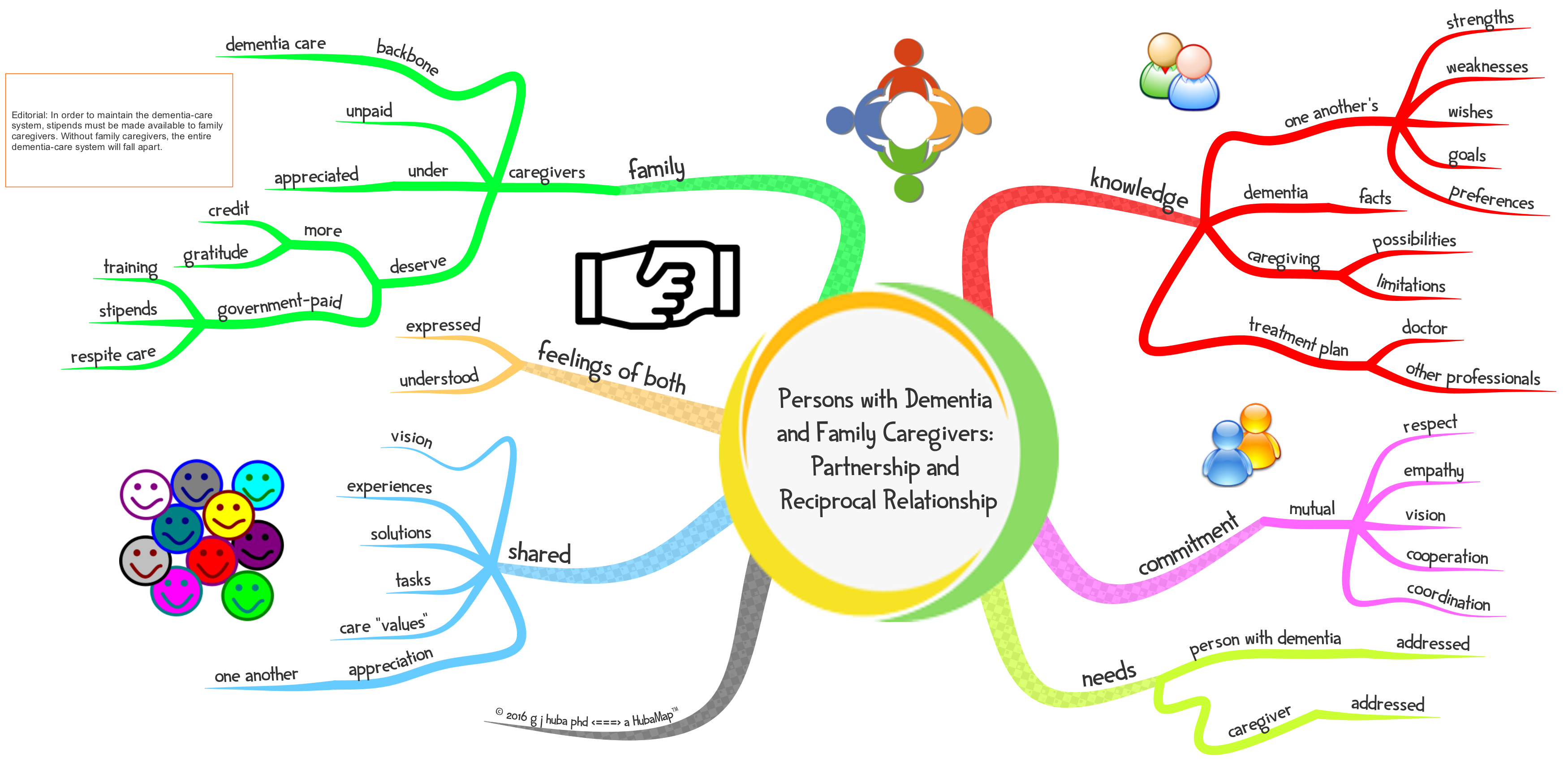



And I typically make between 10-50 like doodles like the following examples daily, often while watching TV or sitting in my bright kitchen looking out the window. It helps soothe the savage beast! And, I am especially obsessed with color shades.


Like this:
Like Loading...
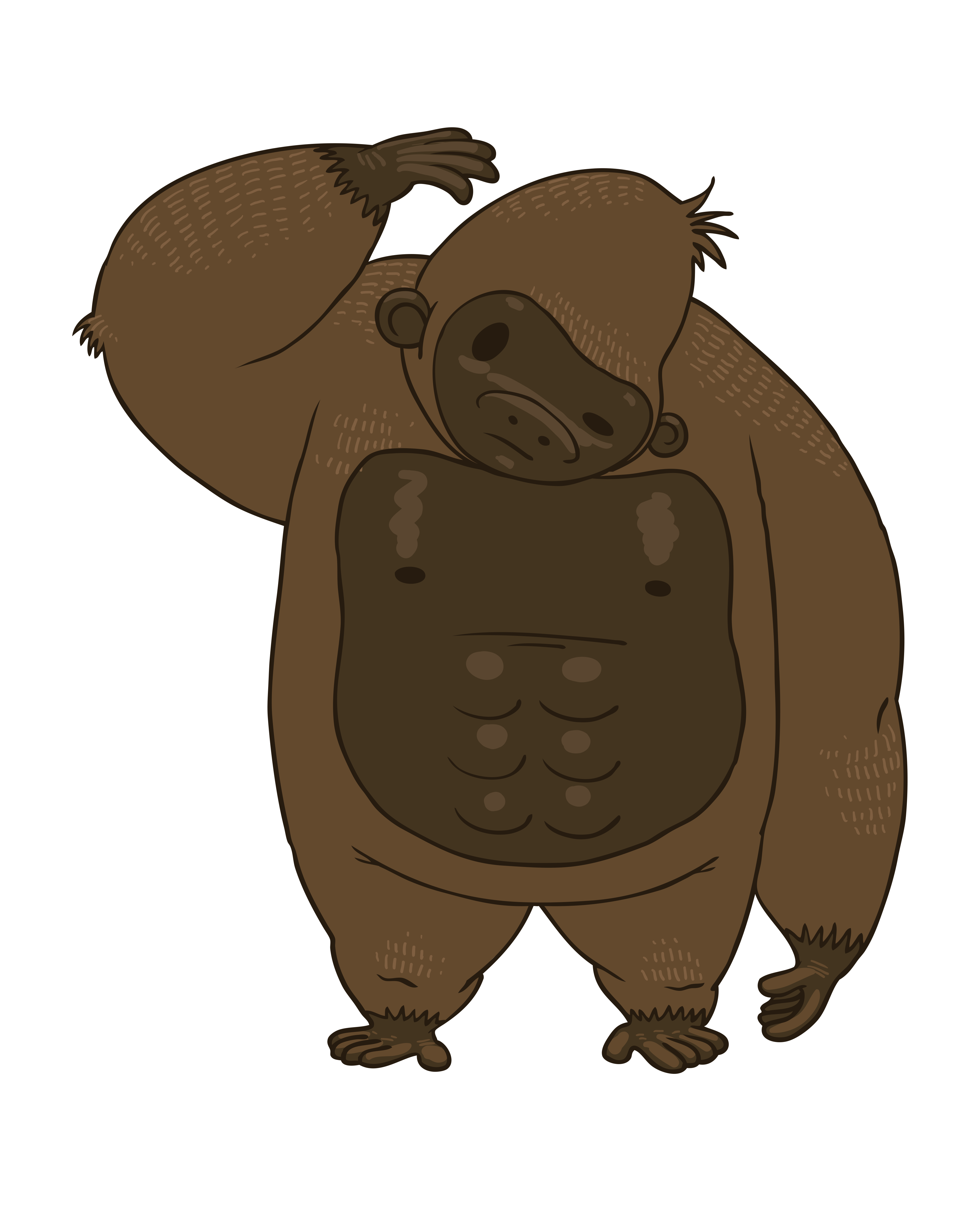



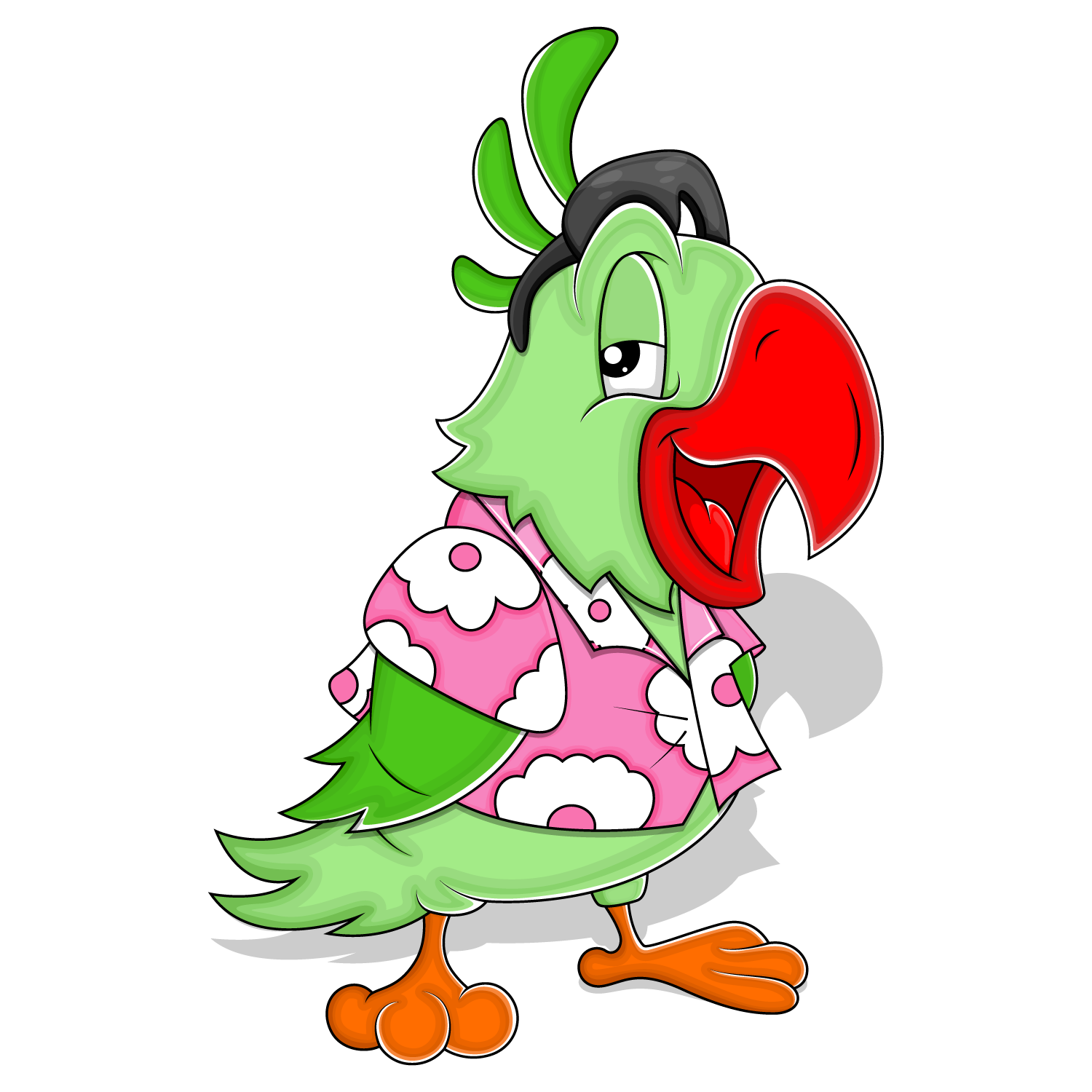














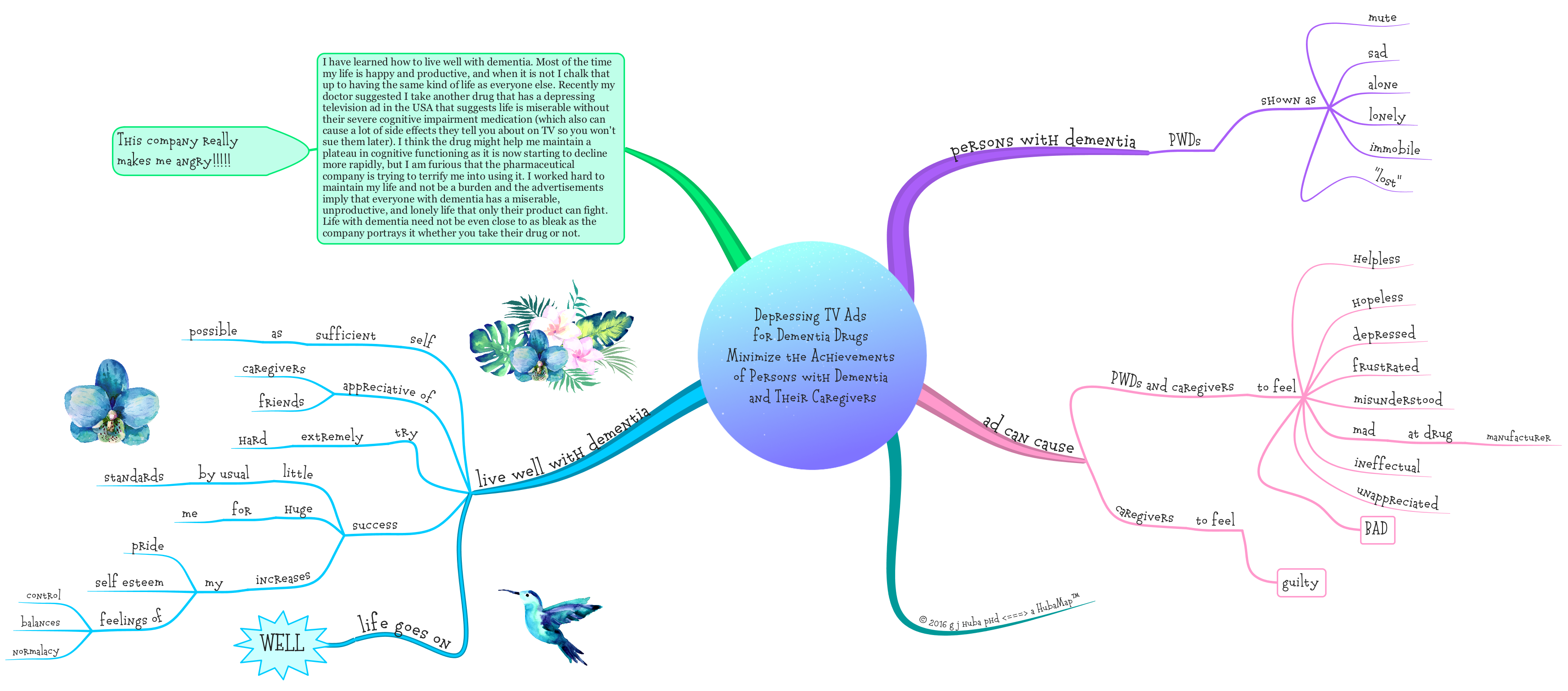






![Trust Findings from [Peer-Reviewed] Health Professional Meetings I Can Sell You Idaho or California.](https://hubaisms.com/wp-content/uploads/2016/07/trust-findings-from-peer-reviewed-health-professional-meetings-i-can-sell-you-idaho-or-california.png)












